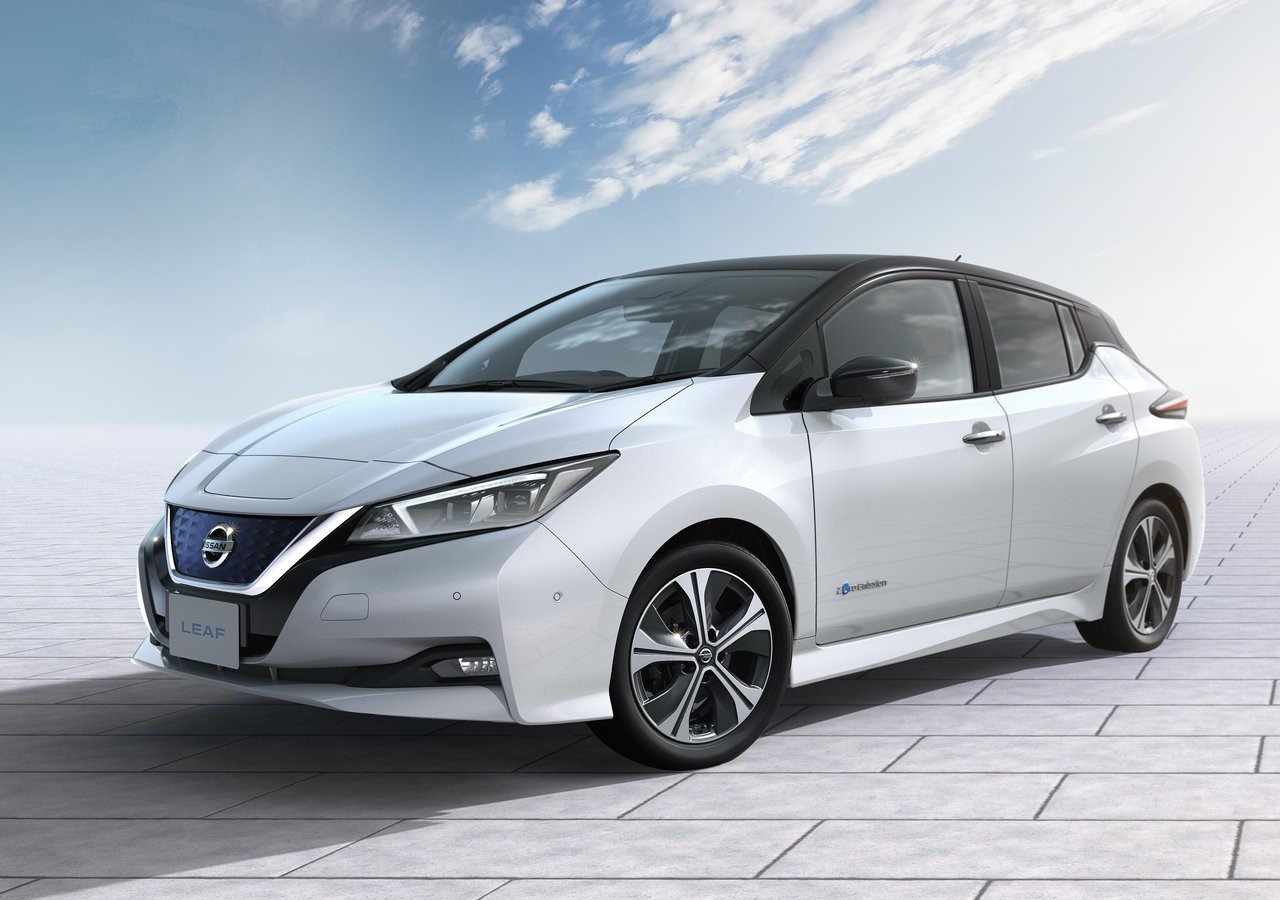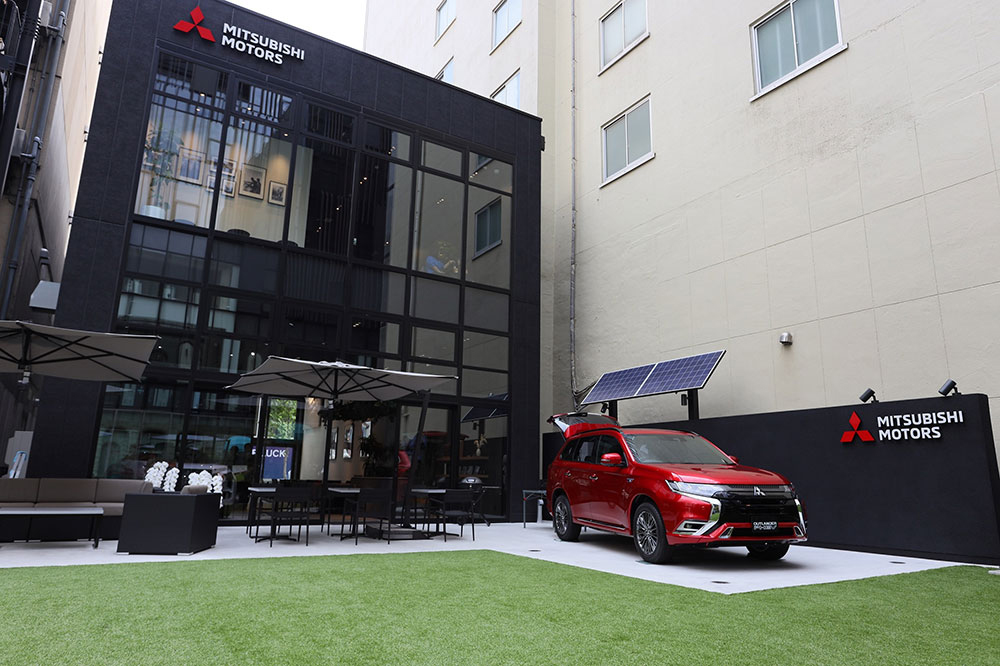SEVENTEEN years ago BBC aired a report headlined “Fears spread over deadly virus.”
An article under the same headline was published in its website. The article read, “officials are urging people not to panic as health authorities around the world are struggling to contain a lethal form of pneumonia as air travelers spread it across the globe. The World Health Organization (WHO) issued a rare emergency warning over the weekend, declaring the sickness ‘a worldwide health threat,’ and saying that cases had been reported on three continents, with more suspected in other parts of the world.”
The statement sounds very familiar.
In 2003, the Internet was a toddler; the smartphone still a dream.
There was no Messenger or Viber, no WhatsApp and Telegram. China didn’t have Weibo and WeChat Mark Zuckerberg was still experimenting on his connection platform among friends in Harvard, while Friendster and MySpace were lording it over what was then a primitive form of social media. But even back then, there is evidence that the concern over SARS was the chatter on social media, but the scope was very limited and the health authorities did not use their websites as outlets for bulletins and updates.
When 2019-nCoV erupted, social media started the flow on information and sparked a mild panic. Within hours of the announcement of the “possible outbreak” people were storming the train and bus stations out of Wuhan and airline tickets were booked quickly online. Five million people retreated from Wuhan before a lockdown was put in place.
Tech frees information in a controlled state. In a highly controlled state like China, reports like the spread of the coronavirus are usually contained. But on December 30 last year, a doctor from Wuhan named Li Wenliang sent a message to his medical school alumni on WeChat declaring he saw some tests on patients who had symptoms similar to severe acute respiratory syndrome (SARS).
The following narration all came from translated messages in from his WeChat and Weibo account as shared to his friends and the world over other socmed platforms like Twitter and Facebook.
Li in his first post said that seven patients from a local seafood market had been diagnosed with an “unknown pneumonia” and were quarantined in the hospital. Feeds on Twitter, WeChat and Viber carried screenshots of Li’s messages.
The untimely and unexpected release of this information was said to have triggered the Wuhan Municipal Health Commission to swiftly act on the report, through a bulletin also circulated online, warning the city’s medical institutions that a “series of patients from the Huanan Seafood Wholesale Market had an unknown pneumonia.”
Not surprising, the notice also warned that organizations or individuals are “not allowed to release treatment information to the public without authorization.”
Personal becomes public. Li continued to post his ordeal on WeChat, which was shared on many other platforms as soon as it reached Hong Kong and Macau. According to the Beijing Youth Daily, he was summoned by officials at his hospital to explain how he knew about the cases. On January 3, he was called to a local police station and reprimanded for “spreading rumors online” and “severely disrupting social order.” But he was set free about an hour later.
He continued to post about his condition including his hospitalization after he was infected by 2019-nCoV after he treated a patient infected by the disease. Li was not an internist. He was an eye doctor. He was treating the infected patient for an eye disorder and contracted coronavirus in the process.
Social media can create social change. The doctor continued to use Weibo to tell his story.
He wrote in a post dated January 31, 2020 that he “was wondering why (the government’s) official notices were still saying there was no human-to-human transmission, and there were no healthcare workers infected.” He said this in the context of his own infection.
Later that evening, Zhong Nanshan, a government-appointed respiratory expert known for fighting SARS officially declared that the new coronavirus was transmissible from person to person.
Li was to later die of the contagion. Netizens were sad, many were angered, some even pushing allegations that he was assassinated by the State.
Digitalization can quell the spread of a contagion. Digitalization of information could be the single most important cure for the 2019 nCoV. Imagine if the Chinese government failed to act, or tried to cover up the disease and allowed people to go about their business, a real global pandemic could occur. The 5 million people already left Wuhan for the Lunar Year Festival were potential carriers.
Comparatively, SARS (based on a timeline created by WHO) started, spread and was contained in three months. H1N1 in North America was not detected as fast but since no restrictions in movement were made, it spread quickly and killed millions.
Reliable information killed fake news. The initial awareness campaigns came from newsfeeds, bulletins and email campaigns done by the Ministry of Health (MOH) of the People’s Republic of China and the World Health Organization. Responsible netizens spread the information in the form of social media posts, Tweets and comments. There was an overwhelming amount of good, reliable information shared and a high level of awareness that fake news and alarmists posts were quickly shot down.
Participation of the scientific and academic community. The Center for Systems Science and Engineering at Johns Hopkins University, for example, quickly developed a publicly available visualization of all data gathered and sifted from reliable sources to track reported cases daily. The map shows new cases, confirmed deaths and recoveries. The timescale is huge and updated as soon as information came in. This information is made useful to journalists, data scientists as the complete set of data is downloadable as a Google Sheet.
Visit https://systems.jhu.edu/research/public-health/ncov/ to access this map and data.
Using big data to track and artificial intelligence. A team data scientists led by Professor Andy Tatem, from the UK’s University of Southampton recently used historical data from smartphones, supplied by the Chinese search engine Baidu to track the movement of the virus from Wuhan and made some pretty accurate forecasts of where it would appear.
A health monitoring platform that uses data and artificial intelligence correctly plotted the spread of the virus from Wuhan to Tokyo. Called Bluedot, the Toronto based company that uses big data analytics “to track and anticipate the spread of the world’s most dangerous infectious diseases” also beat the North American CDC in issuing warnings about the spread of the contagion.
Information technology will definitely help control the 2019-nCoV spread. Despite the virus overtaking SARS in terms of numbers infected, one must also realize it is a far more powerful virus than SARS, airborne, surviving longer and transmitting faster, with a cure still being developed. But without the awareness created digitally, a global pandemic could be far worse than it currently is.




 Arriving at the Batangas provincial capitol we were assigned to our local government relocation centers and introduced to the volunteers who will handle the distribution of goods.
Arriving at the Batangas provincial capitol we were assigned to our local government relocation centers and introduced to the volunteers who will handle the distribution of goods. Apart from the six evacuation centers the volunteers visited, three other areas where evacuees were located — in Barangay Madalunot in Calaca, Barangay Caloocan in Balayan, and Barangay Bagong Pook in Rosario — were identified. Evacuees in these locations would also be given relief goods, via the office of the Batangas Provincial Governor Hermilando Mandanas.
Apart from the six evacuation centers the volunteers visited, three other areas where evacuees were located — in Barangay Madalunot in Calaca, Barangay Caloocan in Balayan, and Barangay Bagong Pook in Rosario — were identified. Evacuees in these locations would also be given relief goods, via the office of the Batangas Provincial Governor Hermilando Mandanas.
